Mycelium technology refers to the use of mycelium, the vegetative part of fungi, to create sustainable and environmentally friendly materials. Mycelium is a network of thread-like structures that grow underground and can be found in most ecosystems, with unique properties that make it an ideal material for different industries such as construction, textiles, packaging and food production.
Mycelium technology has a wide range of applications in many industries and provides innovative solutions to current environmental challenges. Its versatile properties and sustainable nature make it a promising material for the future.
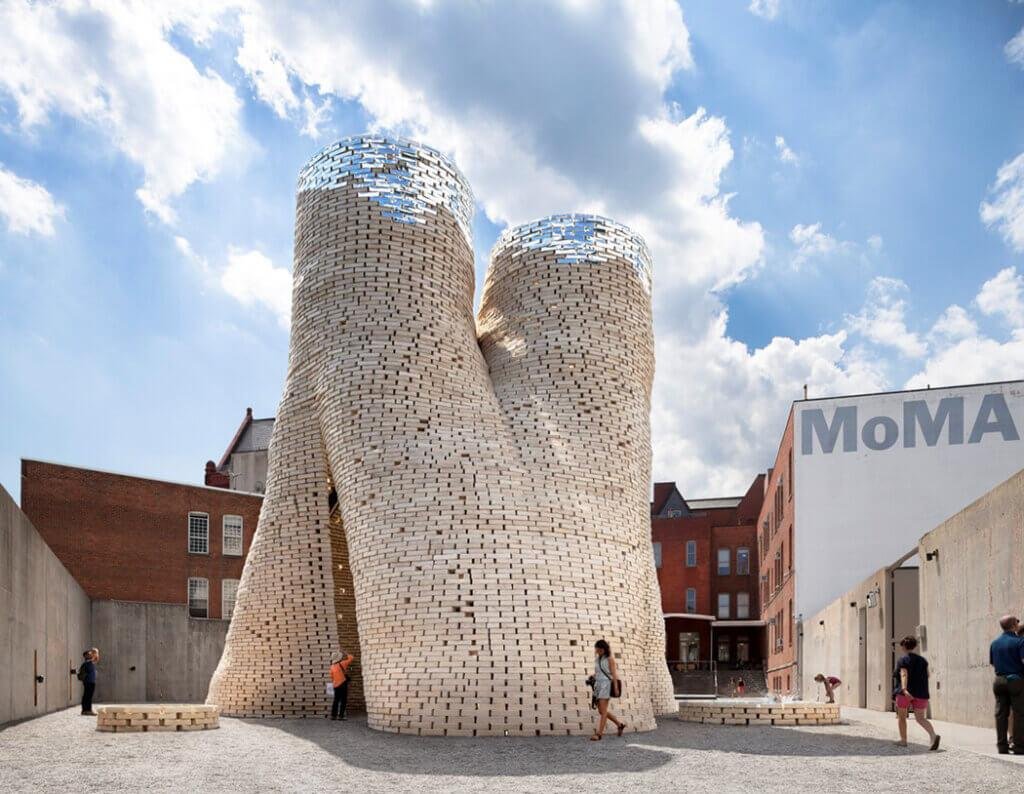
Why mycelium technology is so important and why now?
There are many advantages of mycelium technology over traditional materials and technologies, including:
Sustainability: Mycelium technology is sustainable and environmentally friendly because it uses natural materials such as agricultural waste and fungi to create a product that can replace traditional materials.
Cost-effectiveness: Mycelium technology requires less energy and resources than conventional manufacturing processes, making it more cost-effective.
Biodegradation: mycelium-based substances are biodegradable, meaning they degrade naturally over time without causing damage to the environment.

Customization: Mycelium technology allows the creation of customized designs and shapes where mycelium can be formed in any shape.
Lightweight: Mycelium technology creates lightweight, but powerful materials, making it ideal for use in a variety of applications.
Insulation: Mycelium-based materials have good insulating properties, making them useful in the construction industry.
Antimicrobial: Mycelium have natural antimicrobial properties, which can be useful in medical applications.
Overview of various mycelium-based products
Overview of different Mycelium-based products (e.g., packaging materials, building materials, leather alternatives, etc.) and their properties.
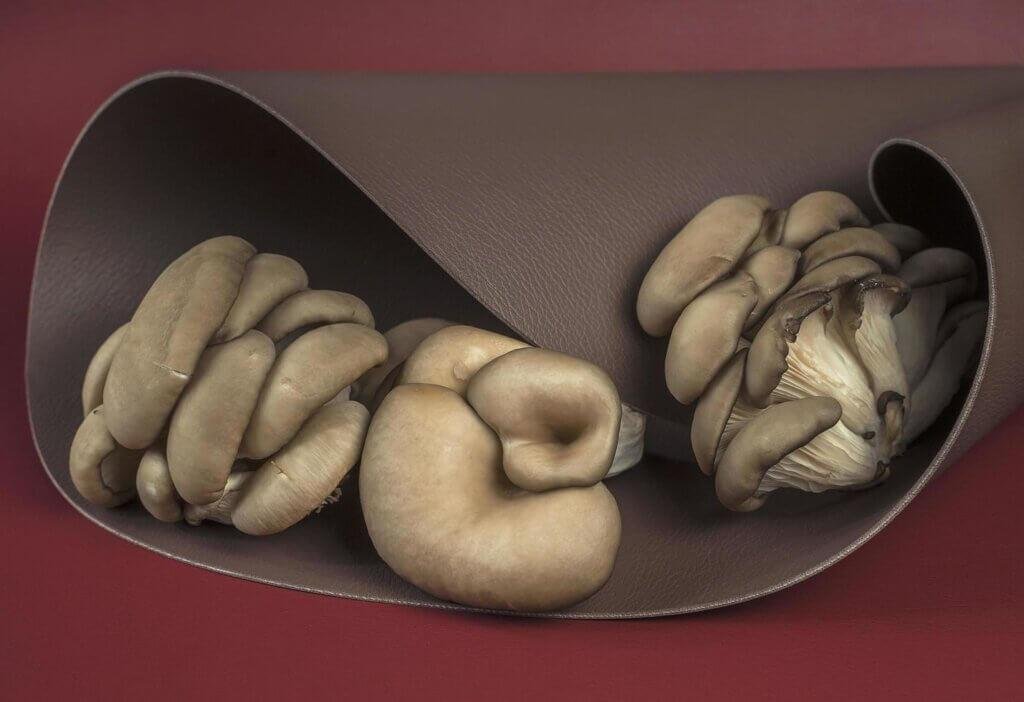
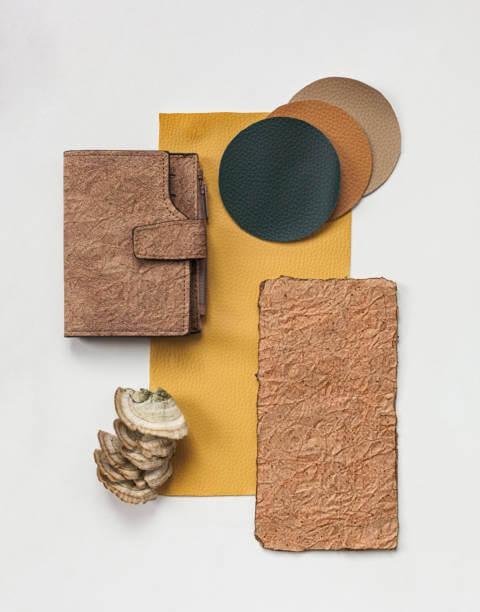
Mycelium-based leather:
Mycelium-based leather has several advantages over traditional leather. First, it is cruelty-free and avoids the negative environmental impact of raising and slaughtering animals. Second, it is a renewable resource that can be grown on demand and does not require the use of fossil fuels. Third, it is biodegradable, so it does not contribute to the growing problem of plastic waste.
In addition, mycelium-based leather is highly customizable and can be made in a variety of colors, textures, and thicknesses. It is also more breathable than traditional leather, which makes it more comfortable to wear in hot weather.
Mycelium-based leather has the potential to revolutionize the fashion industry and reduce its impact on the environment. It is already being used by several high-end fashion brands, and as technology improves, it is likely to become more widely available and affordable.

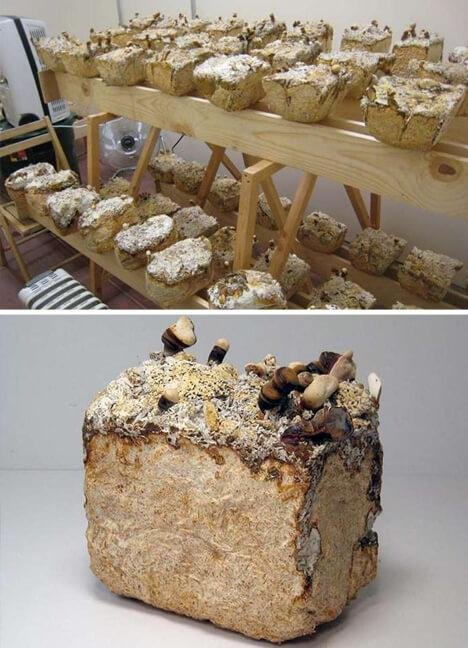
Mycelium-based building materials: Right now, the construction of new buildings accounts for more than 1/10 of all the world’s annual carbon dioxide emissions.
A lot of that comes from the materials used, things like cement, which is responsible for pumping out almost four times as much CO2 as the entire aviation industry.
So we just really need alternatives.
The process to create mycelium-based building materials involves growing the fungi in a controlled environment with food and natural fibers such as straw, sawdust, or hemp. As the mycelium grows, it weaves a network of threads that eventually bind together forming a solid structure. The mycelium then is dried and compressed to produce a sturdy, lightweight, and eco-friendly material that has good fire resistance.
Mycelium-based building materials have several advantages over traditional building materials. Firstly, they are biodegradable, renewable, and require significantly less energy to manufacture. Secondly, they can provide better insulation and sound absorption properties than other materials, making them ideal for use in building enclosures. Thirdly, they can be designed to various shapes and sizes, allowing customization and flexibility in design. Finally, they have a lower carbon footprint and can help reduce waste in the construction industry.
Mycelium-based building materials have the potential to revolutionize the way we build and create a more sustainable future for our planet.
Mycelium-based packaging: is a sustainable alternative to traditional packaging materials like plastic, foam, or even paper. Mycelium, the vegetative part of fungi, can be grown into a strong and durable material that can be used for packaging various products.
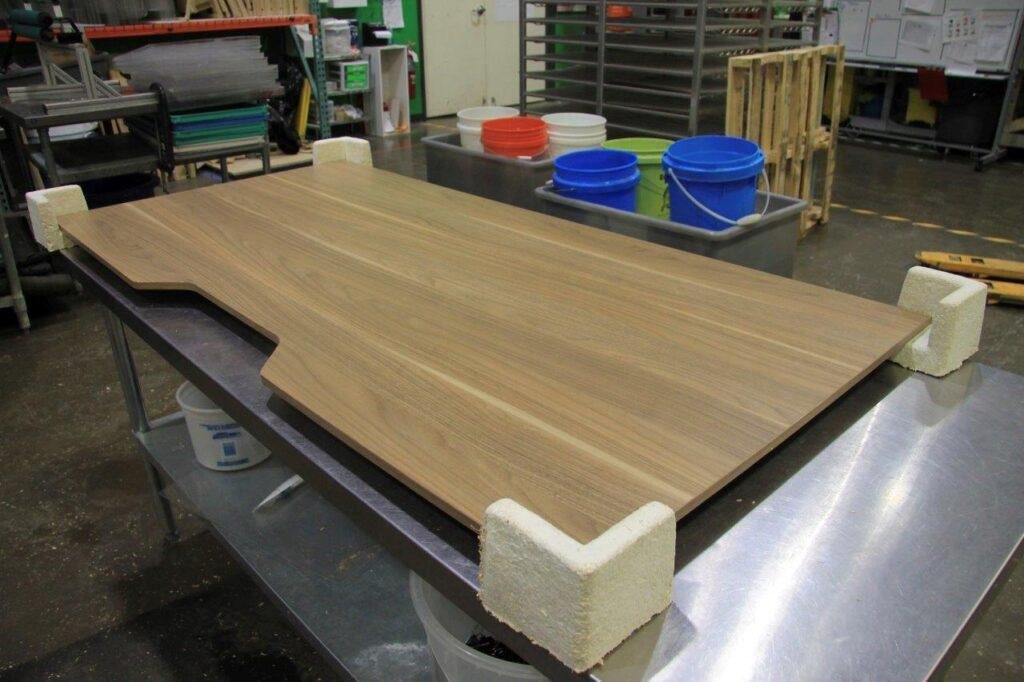
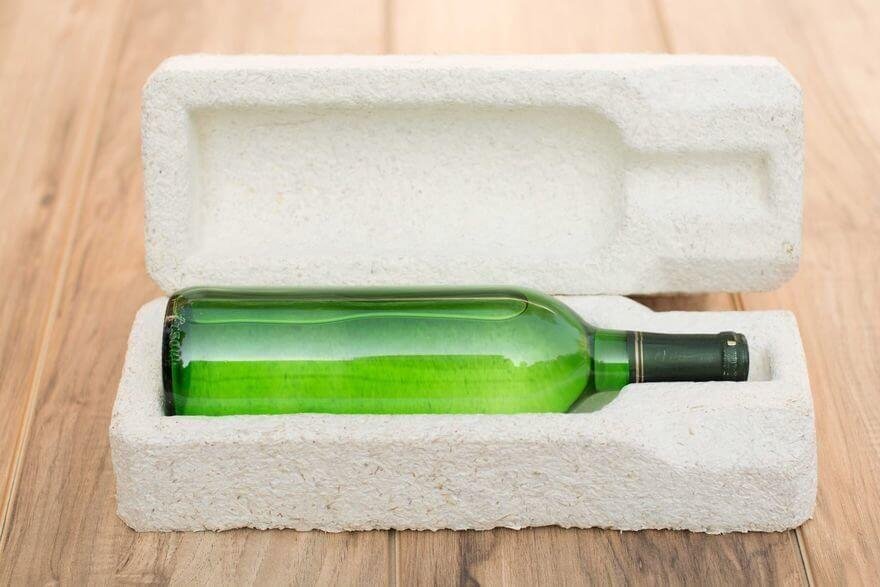
Mycelium-based meat substitute : a vegan meat alternative made from mycelium.
Mycelium-based textiles : can be used for clothing, upholstery, and other fabric applications.
Mycelium-based skincare products : can be used for anti-aging, moisturizing, and other skincare applications.
Mycelium-based biofilters : can be used to clean up toxic waste and other contaminants in the environment.
Mycelium-based food additives : can be used for flavoring, coloring, and other food applications.
Mycelium-based biodegradable tableware : a sustainable alternative to plastic plates and utensils.
Potential impact of Mycelium technology
Mycelium technology holds significant potential to positively impact sustainability, circular economy, and waste reduction in a number of ways:
Sustainable material production: Mycelium technology enables the production of biodegradable and sustainable materials, which can be used instead of plastics, leather, or other non-biodegradable materials. As mycelium can grow on various organic materials, it offers a sustainable and cost-effective way to produce materials with minimal environmental impact.
Waste reduction: Mycelium technology can utilize organic waste materials as a substrate for mycelium growth, which helps to reduce waste in landfills. The technology can be used to produce a wide variety of products from waste materials, including packaging, insulation, and construction materials.
Circular economy: Mycelium technology supports the principles of circular economy by offering a regenerative system where end-of-life products can be decomposed and used to create new products. The technology can be used to create closed-loop systems that reduce waste and promote the reuse of materials, creating a more sustainable and circular economy.
Carbon sequestration: Mycelium technology can help to sequester carbon by reducing the need for traditional materials that are energy-intensive to produce. This carbon storage could be leveraged in a carbon credit trading system to incentivize the adoption of mycelium-based products.
Low impact production: The production of mycelium-based materials requires a limited amount of energy and water, which reduces the environmental impact of production. Mycelium-based products also have a much lower carbon footprint than traditional materials, leading to a reduction in greenhouse gas emissions.
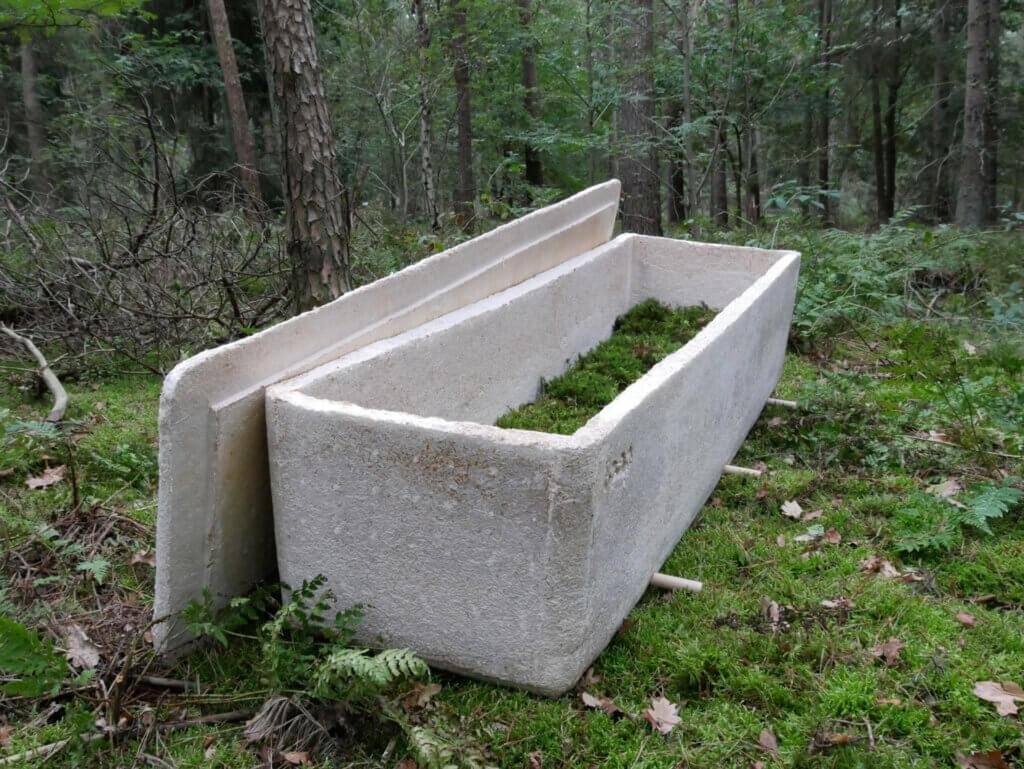

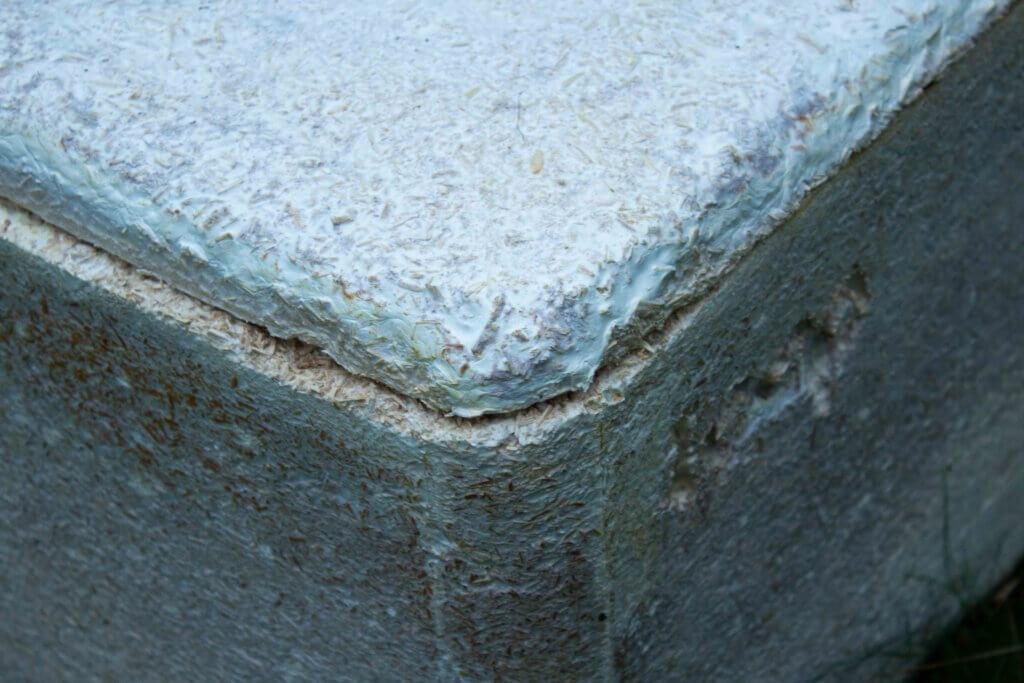
Challenges and limitations of Mycelium technology
Mycelium technology has several limitations and challenges that need to be addressed to optimize its potential. Some of these challenges include:
Production scalability: Mycelium technology requires a specific set of conditions to grow, making it difficult to scale up its production in a cost-effective manner. This challenge can be addressed by developing new methods for mass production or by identifying new substrates that provide better yield.
Harvesting and processing: Mycelium technology requires the development of specialized machinery and infrastructure for harvesting and processing. The current process is labor-intensive, increasing costs and limiting scalability. Research is needed to improve the efficiency of the process and reduce the need for manual labor.
Quality control: Mycelium-based products may suffer from inconsistent quality due to variations in temperature, humidity, and substrate composition, among other factors. Developing appropriate quality control measures can help address this challenge and ensure consistent product quality.
Overall, the use of mushroom mycelium to create sustainable materials, it has enormous potential to revolutionize many different sectors, including construction, agriculture, and even fashion and create more sustainable and eco-friendly products and solutions. As more research is conducted into the potential uses of mycelium, we can expect to see more innovative and exciting applications emerge.


